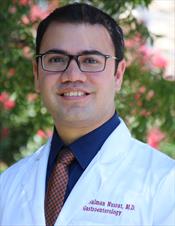Author Interviews, CDC, Cost of Health Care, HPV, Vaccine Studies / 30.10.2015
HPV Vaccination Rate Low for Girls Under Both Commercial and Medicaid Plans
MedicalResearch.com Interview with:
Shannon Stokley, MPH
Epidemiologist in the
CDC Immunization Services Division
Medical Research: What is the background for this study? What are the main findings?
Response: To determine whether the recommended HPV vaccination series is currently being administered to adolescents with health insurance, CDC and the National Committee for Quality Assurance (NCQA) assessed 2013 data from the Healthcare Effectiveness Data and Information Set (HEDIS). The HEDIS HPV Vaccine for Female Adolescents performance measure evaluates the proportion of female adolescent members in commercial and Medicaid health plans who complete the recommended HPV vaccination series by age 13 years. In 2013, in the United States, the median HPV vaccination coverage level for female adolescents among commercial and Medicaid plans was 12% and 19%, respectively (ranges = 0%–34% for commercial plans, 5%–52% for Medicaid plans). The results of this study indicate that there are significant opportunities for improvement as HPV vaccination coverage among female adolescents was low for both commercial and Medicaid plans.
(more…)



















